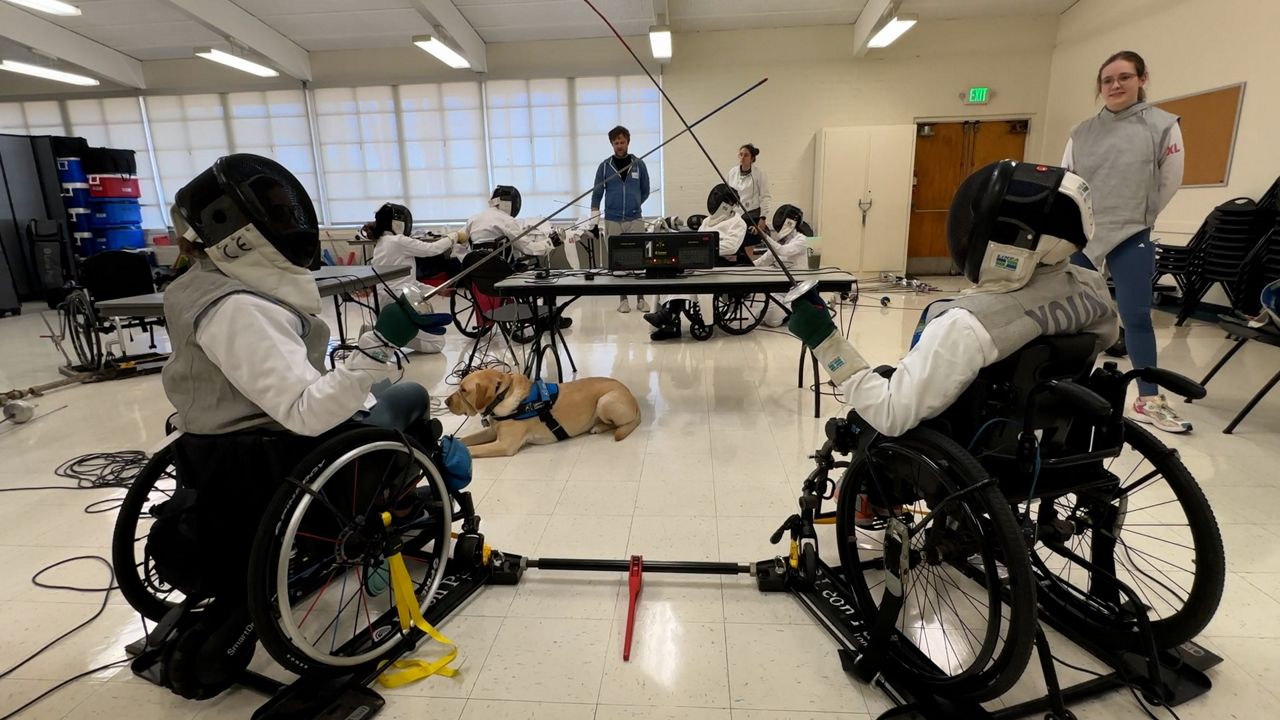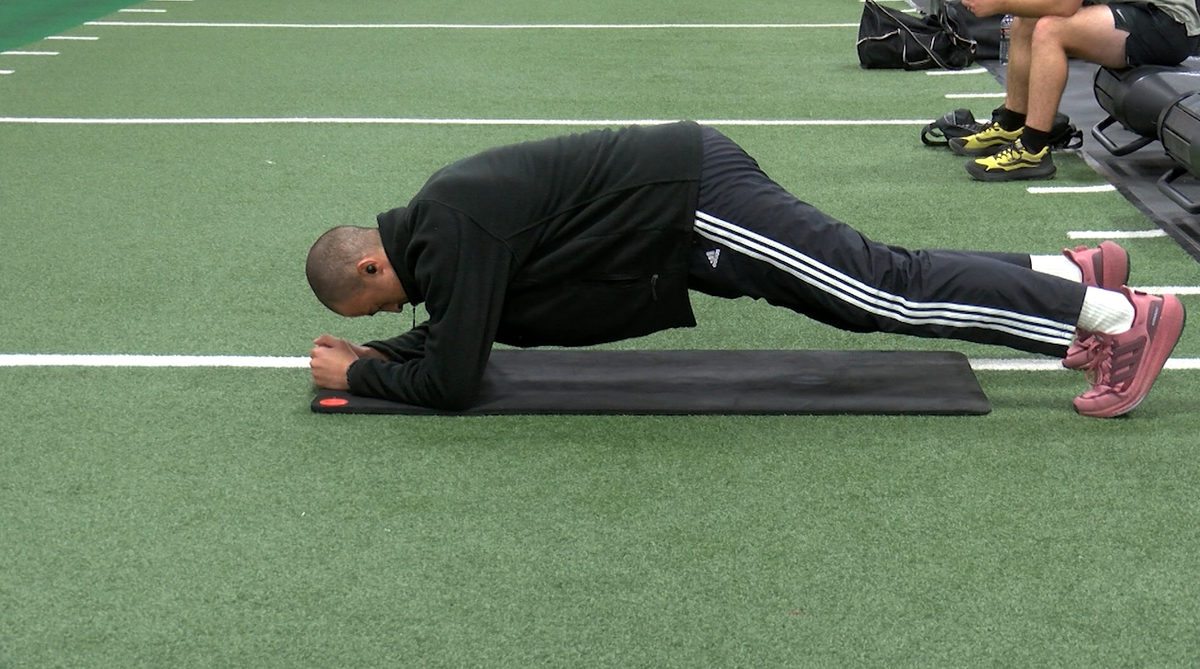Sports
Burbank Parks and Rec adds wheelchair fencing to growing adaptive sports program

BURBANK, Calif. — Ask 13-year-old Roman Samarge why he likes fencing, and he isn’t one to parry.
“’Cause it’s very fast-paced,” he answered enthusiastically. “I like the idea of having to defend and be on offense at the same time while also trying to outsmart your opponent.”
Samarge, who was born with spina bifida, was one of the first people to arrive at McCambridge Recreation Center in Burbank where wheelchair fencing is now a weekly drop in event.
The eighth grader is a dedicated athlete and an eager competitor, and finds this sport both challenging and rewarding.
“It can be hard sometimes, depending on who your opponents are,” Samarge admitted. “If you figure out where their weakness is, then it gets a little easier.”
That takes strategy and tactics and it’s what first hooked coach Geoffrey Russell 40 years ago. He likens fencing, in a way, to chess.
“I’ve got to always be aware of what my opponent is doing,” he explained. “Figure out what they’re trying to do, what they’re trying to get me to do.”
Russell, who works out of United Fencing Academy in Canoga Park, says it’s that problem-solving aspect that makes wheelchair fencing, also called parafencing, a great adaptive sport.
“It really stimulates the brain,” he said. “There’s a lot of therapeutic benefits from it, and there’s just a lot of mind, body and spirit.”
The sport was first developed by Sir Ludwig Guttman and has been in every summer Paralympic Games since the first one in 1960.
The rules are similar to fencing with a few adjustments. The target area for wheelchair fencing is from the waist up, with the chairs positioned in a wheelchair frame that is adjusted depending on the reach of the competitors.
“It allows the wheelchair athletes to lock their chair in place so they can get really physical without the chair falling over,” Russell explained.
(Spectrum News/Tara Lynn Wagner)
This is just the latest in a growing number of adaptive sports offered by the city of Burbank, including wheelchair rugby, power chair soccer and a tennis program called Acing Autism.
Diego Cevallos is the city’s assistant director of Parks and Recreation.
“What we’re looking to do is really equal the playing field, where athletes of all abilities are able to participate,” he said.
The Be Active program requires an annual membership which is offered for a small fee to residents and non-residents alike. Once a member, the drop in sessions, which are held year round, are free. Cevallos sees athletes from as far away as the Inland Empire and Ventura travel to Burbank each week, and not just for the practice.
“The camaraderie and the sportsmanship that’s shared within sports that’s incredibly important to these athletes,” he said.
With the Paralympics underway now in Paris and coming to LA in 2028, he expects the weekly Sunday morning crowd to grow. Samarge will be 17 when the games come to his home turf, and he knows just what team he wants to be on.
“Wheelchair basketball!” he said, with no hesitation. “But if I had to pick a second sport, it would be fencing.”









